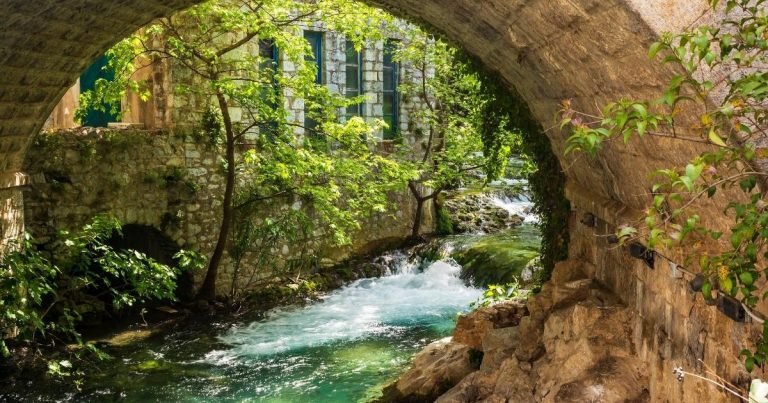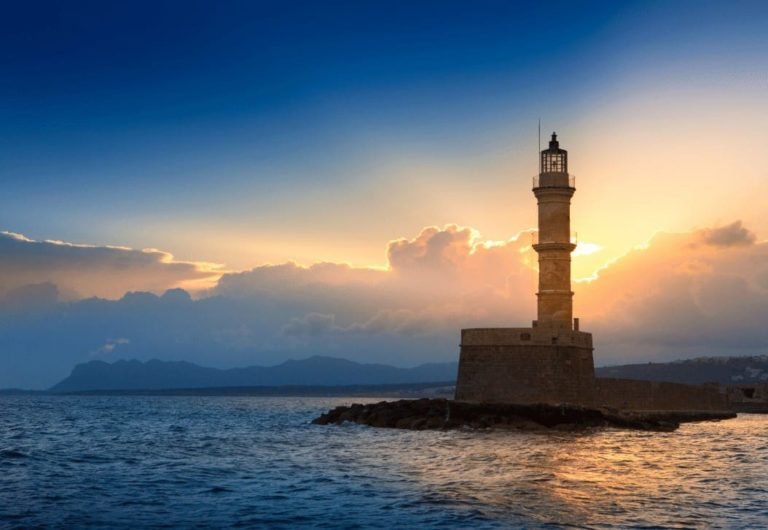This article may contain affiliate links. When you purchase something we recommend, we make a small commission. You don’t pay anything extra. 💘 For more details, check out our Terms of Use page.
Spending a night at Geumsunsa Temple ended up being one of those unexpected highlights that stays with you long after the trip ends.
Tucked away in the forested hills just outside Seoul, this quiet temple stay offered a rare chance to step away from the noise and into something slower, simpler, and more still. The fact that you can still the high towers of the city from the mountain hill, adds the perfect contrast as well.
This experience was mostly part of my job as a tour leader, that requires me to scout and revisit places, not just for my own experience, but to better prepare for the groups I lead. Sometimes that means testing logistics. Other times, like this, it means being reminded that stillness is a destination too.
Let’s see what to expect.

Table of Contents
ToggleWhere Is Geumsunsa Temple and How Do You Get There?
Geumsunsa Temple is located on the southern slopes of Bukhansan National Park, just outside Seoul. It’s technically within city limits, but the moment you start walking uphill through the forest, it feels like you’ve left the city behind entirely.
There are a few ways to get there from central Seoul, with the easiest being a taxi. But you can also
- Take the subway to Gyeongbokgung Station (Line 3, Exit 3)
- Walk straight and catch Bus 7212, 1020, or 7022
- Get off near Seunggasa Temple or Pyeongchang-dong Community Center
- Follow the signs and hike uphill for about 15 to 20 minutes
The path is paved and well-marked but steep, especially with bags. I highly recommend bringing only a small overnight backpack with just the essentials. You won’t need much: a change of clothes for the next day, toiletries, and maybe a small towel. The temple provides a uniform for the stay, so you won’t need regular clothes during the program itself.
There is a luggage lift service, but unless you really need it, it’s best to travel light. The forest trail is peaceful, and you’ll enjoy it a lot more without dragging a suitcase behind you.
If you’re a picky eater or have dietary needs, consider packing a couple of extra snacks. Meals are fully vegan and served at specific times, with no snacks or food options available once you’re there.
Also, try to arrive before sunset, as the trail gets dark quickly and isn’t lit. Usually this isn’t an issue, since you arrive in the morning and stay for about 24hours.




What to Expect: Accommodation and Experience
Geumsunsa is part of Korea’s official Templestay program, which gives visitors a chance to experience life inside an active Buddhist temple with just enough structure to feel meaningful but not overwhelming.
You’ll sleep on a simple mat in a traditional room, usually shared unless you book a private option, with minimal furnishings and beautiful mountain views. Rooms are clean and quiet. While you won’t find Wi-Fi or a minibar, you also won’t miss them.
The typical schedule includes a tea ceremony with a monk, evening chanting or silent meditation, a 4:30 AM wake-up bell for pre-dawn meditation, and two vegan meals served mindfully and often in silence.
You don’t need to be Buddhist or even spiritual. The staff explain everything clearly, and there’s a gentle rhythm to the experience. You’re free to participate sincerely or just observe with respect.
As someone who isn’t religious, I still found the experience genuinely fascinating. One of the highlights was the chance to speak with the monk after the singing bowl ceremony — which, for the record, almost lulled me into a deep, snoring sleep. We talked about philosophy, daily life, and how he navigated the challenges of his own path.







How to Prepare for Your Temple Stay
Here’s what I recommend bringing:
- Comfortable clothes that are modest and easy to move in
- Socks, since you’ll be barefoot indoors
- Toiletries and a small towel
- Layers, especially in colder months, since the mountain air can be cool
- A water bottle
- A flashlight or phone torch, especially if arriving late
- A light book or journal if you want time to reflect
You’ll be given a uniform to wear during the stay, so you won’t need your regular clothes until you leave.
Snacking isn’t part of the program, but if you tend to get hungry between meals, pack something small and discreet. Just don’t expect a convenience store nearby.
You’ll need to wear something under the uniform to have your arms covered, so bring a light layer or t-shirt depending on the weather.
The next morning, you’ll be asked to pack your sheets, and turn over the uniform as well as a quick sweep of the room.






How to Book a Temple Stay at Geumsunsa
The easiest way to book is through the official Templestay website, where Geumsunsa has its own page with available dates and program types.
Programs usually run on weekends from Saturday to Sunday
You can choose between a relaxed stay or a more structured experience
Prices range from ₩70,000 to ₩80,000, which is about €50 to €60 per night
Booking at least a week in advance is a good idea, especially in spring or fall
You’ll pay online or in cash, depending on the program
You can also reach out directly to the temple for special requests or group visits.








ESSENTIAL INFORMATION
Must Know When Visiting South Korea
- Emergency: Dial 112 for police and 119 for fire or ambulance services. These lines are available 24/7 and usually offer English-speaking support.
- Language: English is spoken in most tourist areas and by younger Koreans, though it’s less common in rural towns. It’s helpful to learn a few basic phrases like “Annyeonghaseyo” for hello, “Kamsahamnida” for thank you, and “Joesonghamnida” for sorry. For live translation help, download Papago (by Naver).
- Navigation: Google Maps and Apple Maps do not work reliably for directions in Korea. Instead, download Naver Map or KakaoMap. Both offer accurate public transport, driving, and walking directions, and have English-language support built in.
- Water: Tap water is safe to drink across South Korea, though many locals still prefer bottled or filtered water. Most hotels and guesthouses will either provide bottled water or have a filtered dispenser available.
- Driving: Cars drive on the right-hand side in Korea, and an International Driving Permit (IDP) is required for tourists. Most traffic signs are in both Korean and English, but city driving can be fast-paced and stressful, especially in Seoul. Book your rental car with Discover Cars for the best rates and comparisons across all major and local companies.
- Accommodation: Booking.com is the most convenient option for finding hotels, hostels, guesthouses, and traditional hanok stays across Korea. Many listings include free cancellation, no prepayment, and access to a reliable rewards system for frequent travelers.
- Islands: South Korea has several beautiful islands to explore, including Jeju, Ulleungdo, and Geoje. Jeju is best reached by domestic flight, while others require ferries from mainland ports. You can use 12Go Asia or check directly with ferry operators to plan your route.
- Activities: There’s no shortage of things to do in Korea, from exploring palaces, to color analysis experiences and traditional markets to joining food tours, hiking, or even staying overnight at a Buddhist temple. For hassle-free bookings with verified reviews, use Get Your Guide to arrange activities in advance.
- Public Transport: Korea’s public transportation is fast, efficient, and easy to use. Major cities like Seoul and Busan have extensive subway networks, while intercity travel is best done using KTX high-speed trains or long-distance buses. As soon as you arrive, get a T-money card for easy access to subways, buses, and even taxis. You can also purchase a SIM card and T-money package online or at the airport to stay connected and ready to travel from the moment you land.
- Domestic Airlines: Korean Air and Asiana Airlines are the main full-service carriers, while Jeju Air, T’way, and Air Seoul offer low-cost domestic flights. Jeju Air is a popular and budget-friendly option, especially for trips to Jeju Island. If you’re collecting points, Korean Air’s SkyPass is the most established loyalty program.
- Taxi: Instead of flagging taxis on the street, use the Kakao T app to book one. It’s reliable, easy to use, shows price estimates, and allows you to pay in-app. While many taxis now accept cards, it’s still a good idea to carry a bit of cash just in case.
- Culture: Korean culture emphasizes respect, quietness, and social harmony. It’s customary to remove your shoes when entering homes or traditional accommodations. Public transport tends to be quiet, and loud talking is generally discouraged. Shops and restaurants usually stay open late and operate seven days a week, but keep in mind that museums, palaces, and some attractions are often closed on Mondays. Major holidays like Chuseok or Lunar New Year (Seollal) are times when many Koreans travel, and during those days, transportation and services may be limited.




